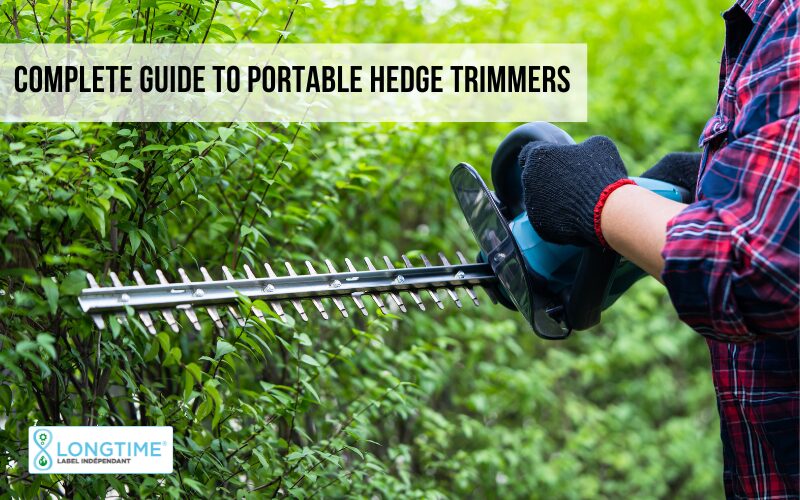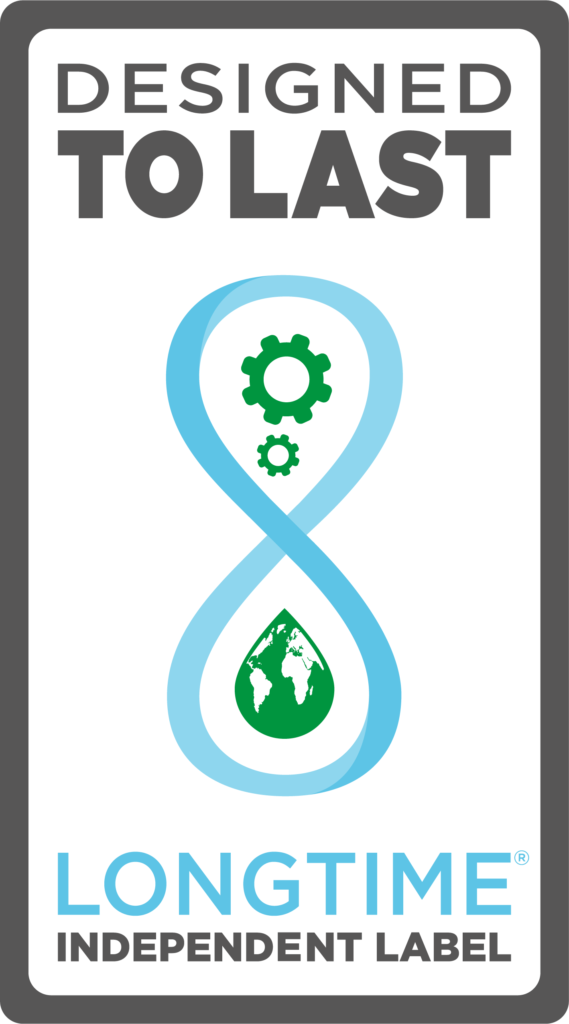Guide: Hedge trimmers

When it comes to maintaining your hedges, a portable hedge trimmer is an essential tool for achieving clean, professional results. However, choosing the right model for your needs requires considering several technical and practical criteria. This guide is designed to help you understand the various factors to consider before making your purchase.
Buying Guide: How to Choose the Right Hedge Trimmer
Before purchasing a portable hedge trimmer, it's essential to identify your needs. Each hedge is unique, as are the conditions in which the tool will be used. A trimmer suitable for a homeowner is not necessarily the same as one a professional would use in daily operations.
Defining Your Needs
Your needs will vary based on the intended use. It's important to determine several aspects to choose a model that is perfectly suited to you. A professional will have different requirements from a homeowner, especially in terms of frequency of use and performance.
Area and Type of Hedges to Maintain
The size and type of hedges are critical factors. If you need to maintain dense and thick hedges, such as cedar or boxwood, a more powerful trimmer with a longer blade will be necessary for clean and efficient cuts. On the other hand, for thinner or lighter hedges, a lighter, less powerful model may suffice. The height of the hedge should also be considered: for tall hedges, a trimmer with a longer cutting bar will allow you to work faster and easily reach the higher parts without needing a ladder.
Frequency of Use
If you expect to use the trimmer occasionally or infrequently, a cheaper, less powerful model may be sufficient. However, for professional or more intensive use, it's important to choose a robust and durable model capable of withstanding hours of operation without overheating. A professional-grade trimmer will offer better performance as well as longer lifespan. The choice between a battery-powered or corded model is also influenced by the frequency of use: a battery-powered model will be more practical if you work on large areas without direct access to an electrical outlet.
Access and Usage Constraints
The accessibility of the hedges is an important factor. If you work in tight spaces or with hard-to-reach hedges, the ergonomics of the tool become a deciding factor. A lighter, more compact model will make your job easier. Additionally, a trimmer with an extra handle or a rotating cutting bar can be advantageous for reaching difficult spots without excessive fatigue.
Key Technical Features
The technical features are the most important factors when choosing a hedge trimmer. They determine not only the performance of the tool but also its durability and suitability for your specific tasks.
Battery vs Corded Model
A battery-powered hedge trimmer offers great mobility and is especially suited for working far from electrical outlets. Additionally, it is typically lighter, making it easier to handle, especially for extended use. However, battery life is a key factor to consider. If you plan to work on large areas, opt for a high-capacity battery or choose a model with an interchangeable battery to avoid being limited by charge time. On the other hand, a corded model, while limited by the length of the cord, has the advantage of never requiring a battery. It also provides constant power and is generally more affordable. If you have easy access to electricity, a corded hedge trimmer is a great option.
Power Suitable for Use
Motor power is one of the most determining criteria. If you're working with light, non-resistant hedges, a lower-power motor will suffice. For more robust hedges or dense shrubs, a more powerful motor is necessary. A higher-powered motor allows for faster and more efficient cuts without overloading the tool. It's recommended to check the motor power (in watts) and choose a model whose power corresponds to your specific needs. For professionals, a motor with at least 600W to 700W is recommended.
Recommended Blade Length
The blade length also plays an essential role in your hedge trimmer's performance. For tall or wide hedges, a longer blade is crucial for cutting more surface area in a single pass. Longer blades, between 45 and 60 cm, are ideal for wide hedges and saving time. For smaller or thinner hedges, a more modest blade length, between 30 and 40 cm, will be perfectly adequate. The blade length should also be suited to your comfort and maneuverability.
Practical Selection Criteria
Beyond technical features, several practical elements complete the selection of your hedge trimmer. These criteria are often decisive in long-term user satisfaction.
Budget and Price Range
Budget is a crucial factor, especially for professionals who need to invest in reliable, durable tools. Portable hedge trimmers vary significantly depending on the brand, power, blade length, and additional features. Entry-level models are perfect for occasional use, while high-end models, designed for professional use, offer enhanced performance, better ergonomics, and superior longevity. It's important not to sacrifice quality for price, especially if you need a tool that can withstand intensive use.
Ergonomics and Weight
A lightweight, well-designed trimmer will be more comfortable to use, especially if you're working for long hours. The weight of the tool plays a critical role in fatigue and cutting precision. Look for a model with ergonomic handles, good weight distribution, and an adjustable handle to reduce strain on your arms and wrists. Professionals should also opt for models with additional handles for better control and to avoid muscle strain.
Warranty and Customer Service
Warranty is a key consideration. A manufacturer offering a long warranty period and responsive customer service ensures peace of mind in case of malfunction or issues. Some professional models come with warranties of up to 5 years, which is a good indicator of the tool's durability. Also, make sure the customer service is responsive and can quickly supply spare parts.
Spare Parts and Accessories
Maintaining your hedge trimmer goes beyond just purchasing it. It's important to have easy access to spare parts and accessories to ensure the longevity of your equipment.
Wearable Parts to Monitor
Wearable parts, such as blades, filters, batteries, and cords (for corded models), can deteriorate over time. Therefore, it's essential to ensure the model you choose has easily available spare parts. In case of wear, replace the damaged components to maintain optimal performance and avoid overstraining the tool.
For more information on maintaining and repairing your hedge trimmer, read our article HERE.
Consumables Selection
Consumables, like lubricants for the blades, are also crucial for keeping your hedge trimmer in good working condition. Be sure to use products specifically recommended by the manufacturer to avoid damaging the tool. Some models come with automatic lubrication systems, which can be an added bonus for simplified maintenance.
Recommended Accessories
Accessories can greatly improve the effectiveness and safety of your hedge trimmer. For example, blade protectors, extensions for tall hedges, or even collection bags for plant waste can make the job more enjoyable and faster. For professionals, a storage bag or cart can also be a good idea to transport and protect your tool.
In Summary:
Choosing a portable hedge trimmer that suits your needs requires evaluating several technical and practical criteria. By considering the area to be maintained, the type of hedges, the frequency of use, and accessibility constraints, you can select a model that offers both performance and comfort. The motor power, the choice between battery and corded, and the blade length are all determining factors for effective and quick cutting.
It's also important to consider practical aspects such as budget, ergonomics, warranty, customer service, and availability of spare parts and accessories. A good hedge trimmer should not only meet your current requirements but also support you long-term in maintaining your hedges.
By following this guide, you'll be able to make an informed choice and invest in a tool that will make your work easier while ensuring professional results, whether you're a gardening enthusiast or a professional looking for reliable, high-performance equipment.

